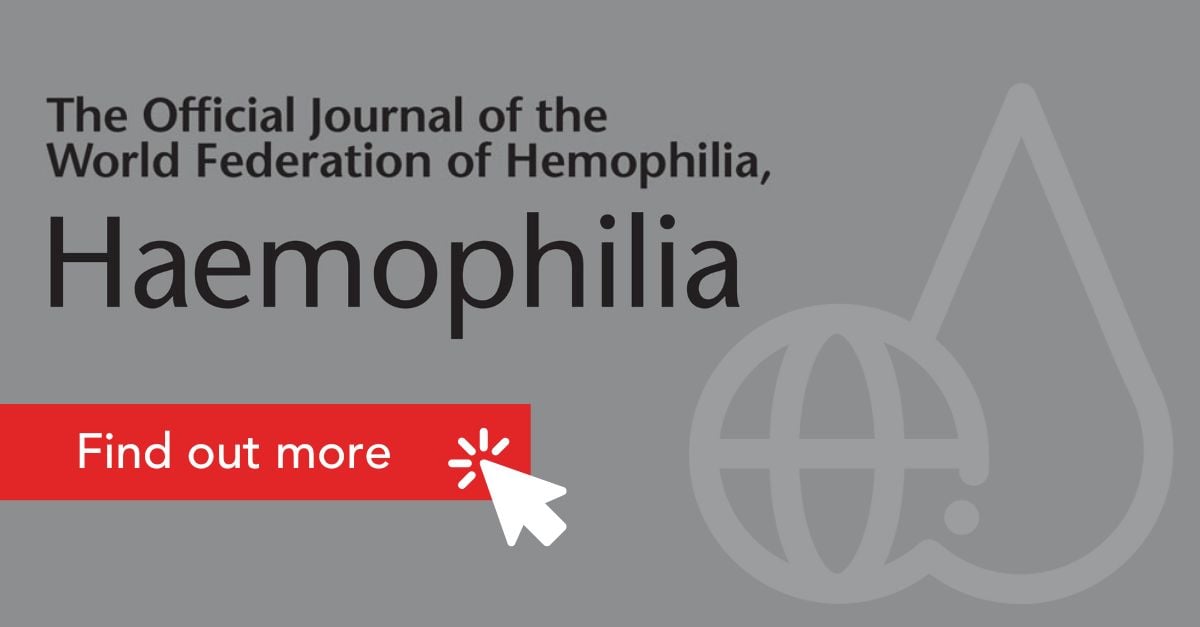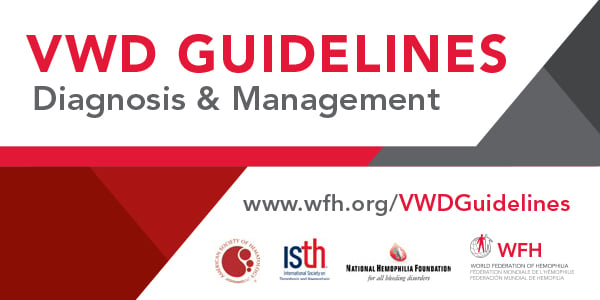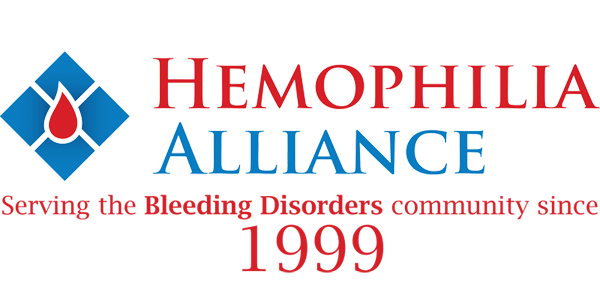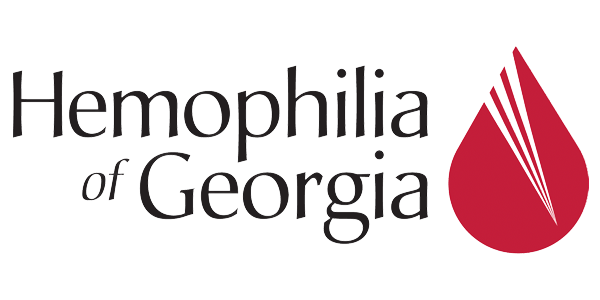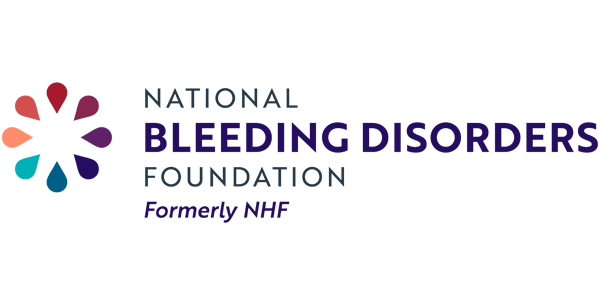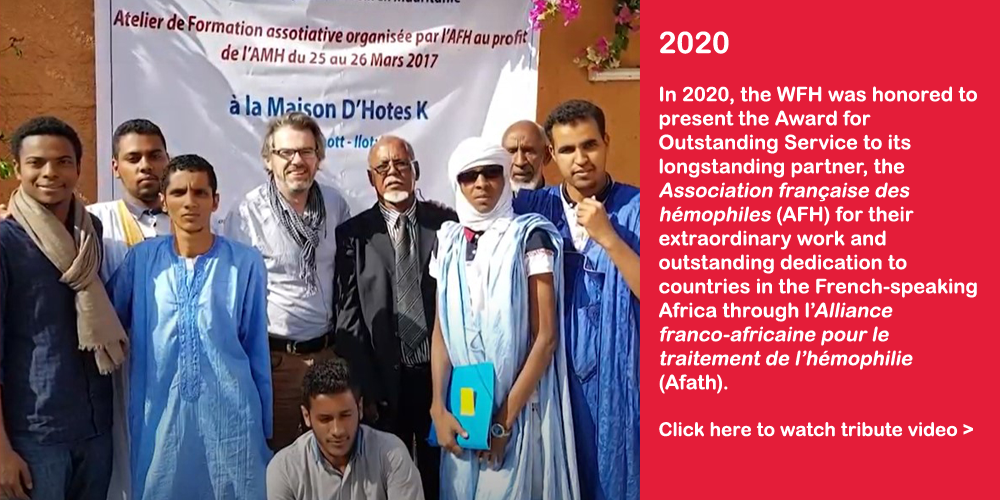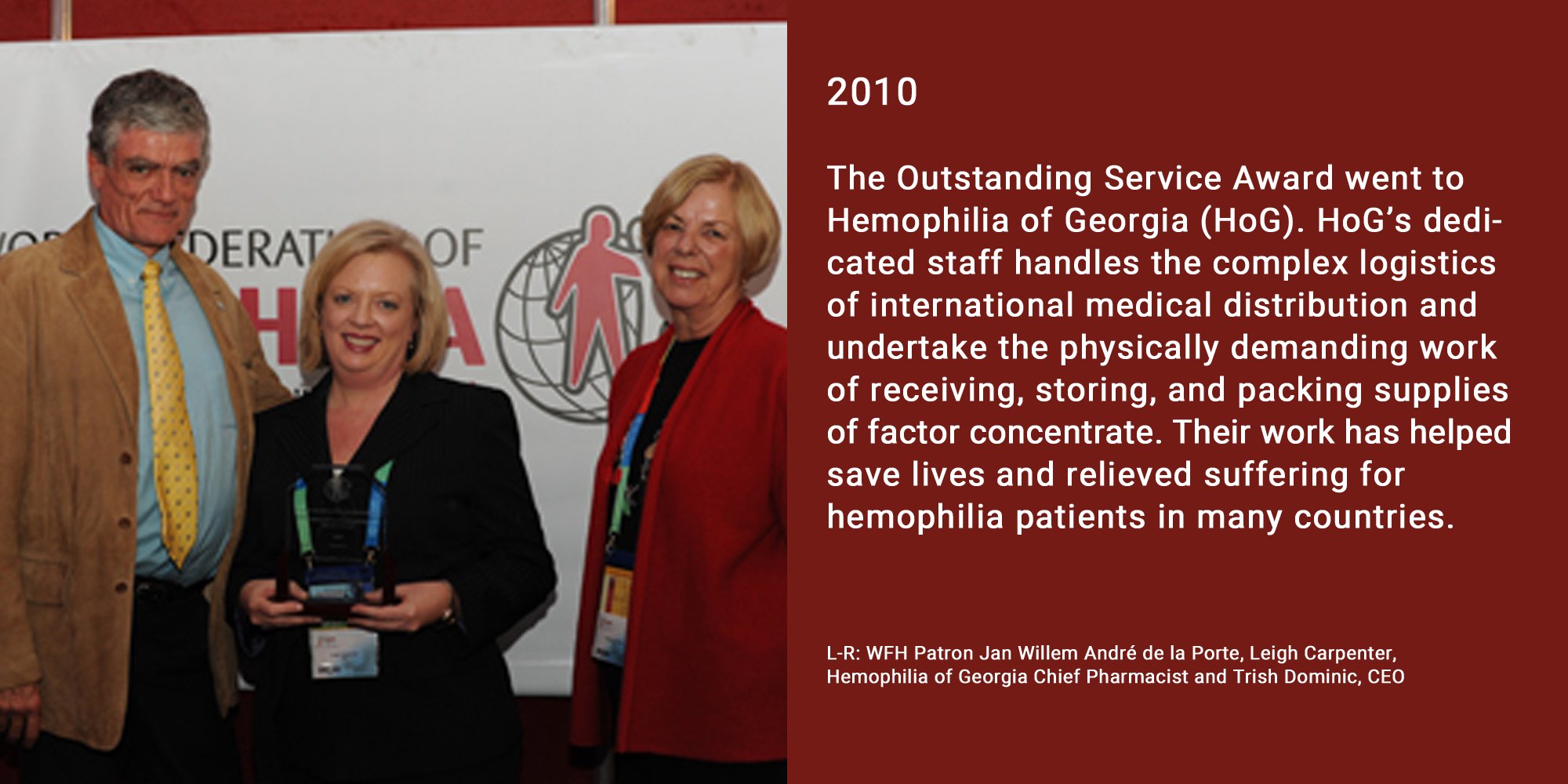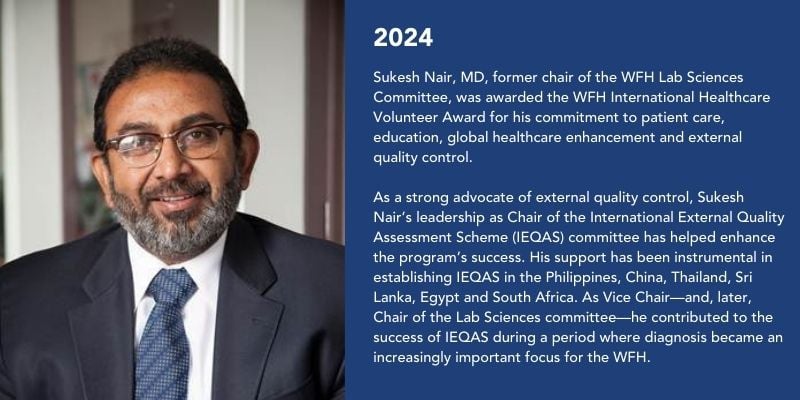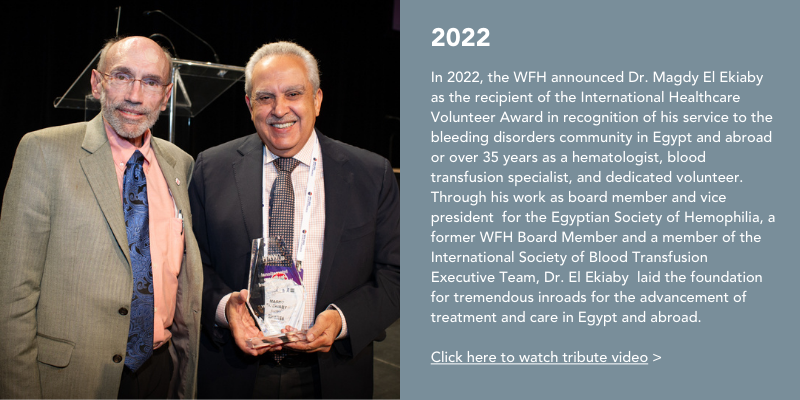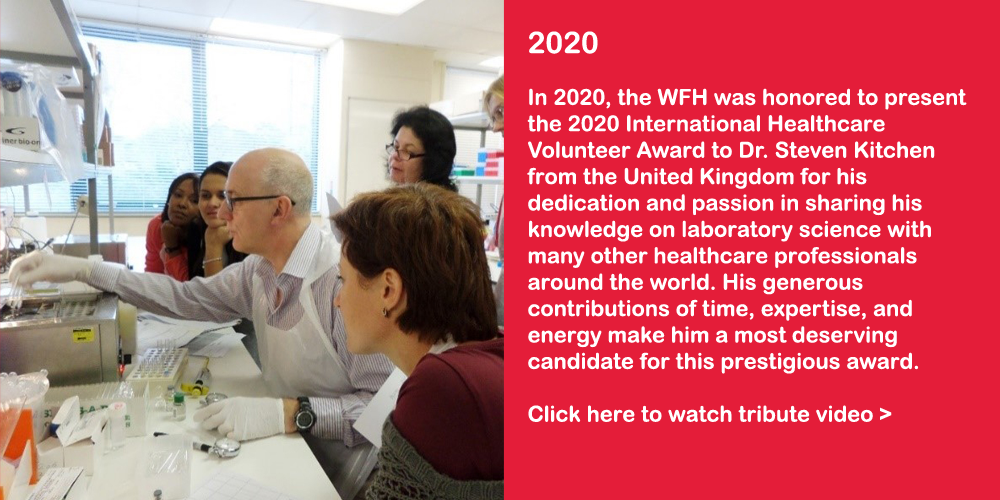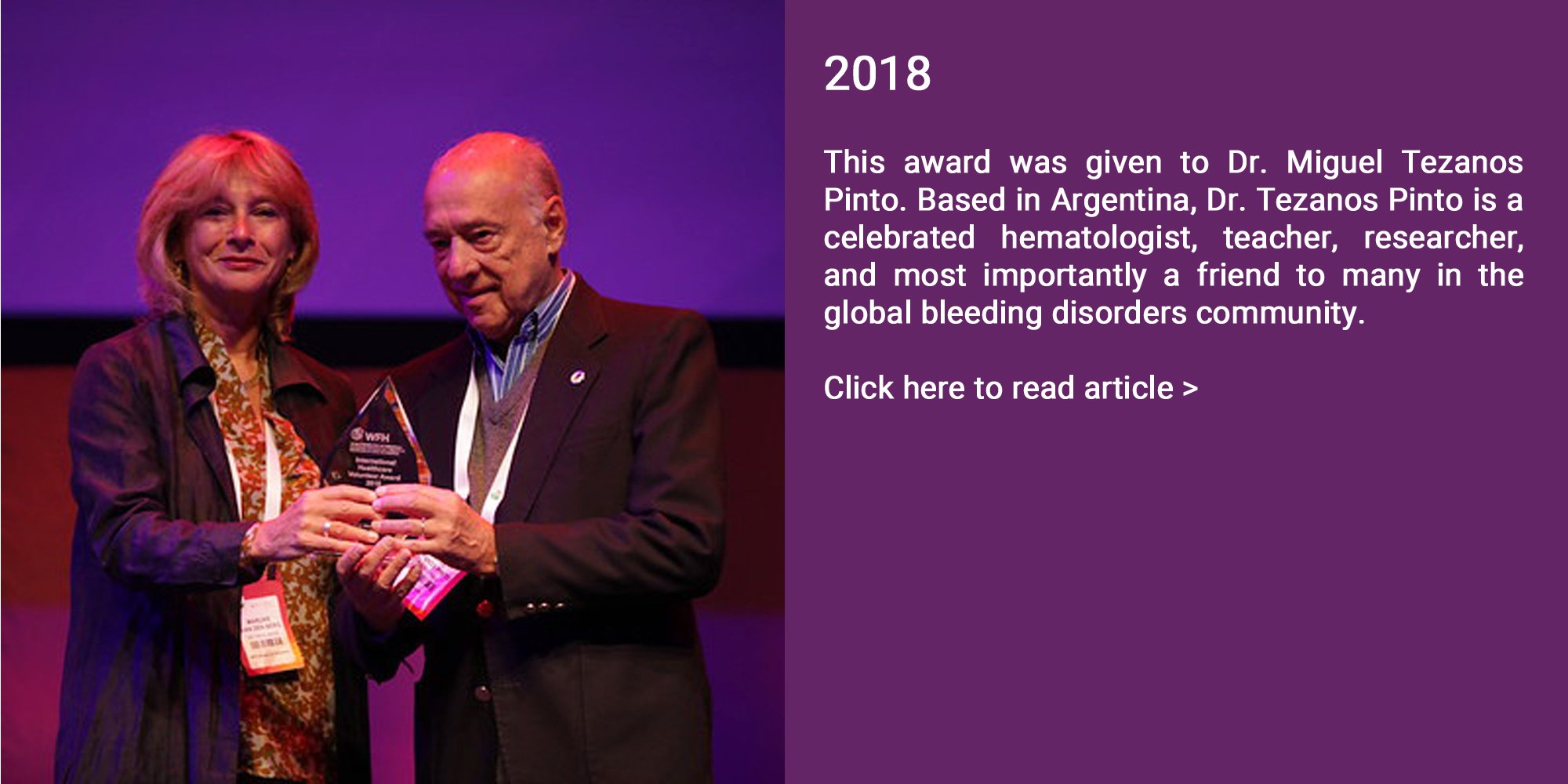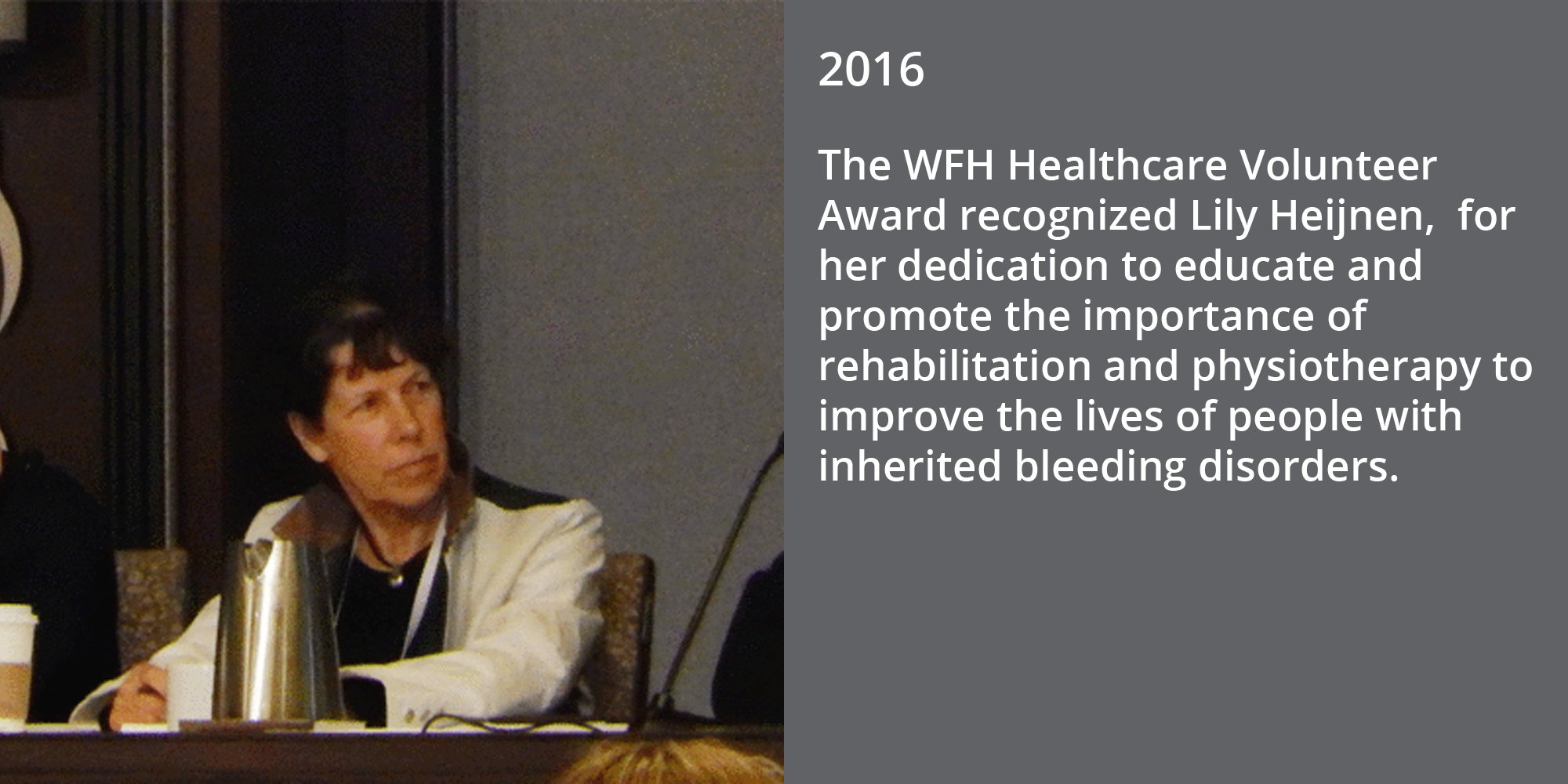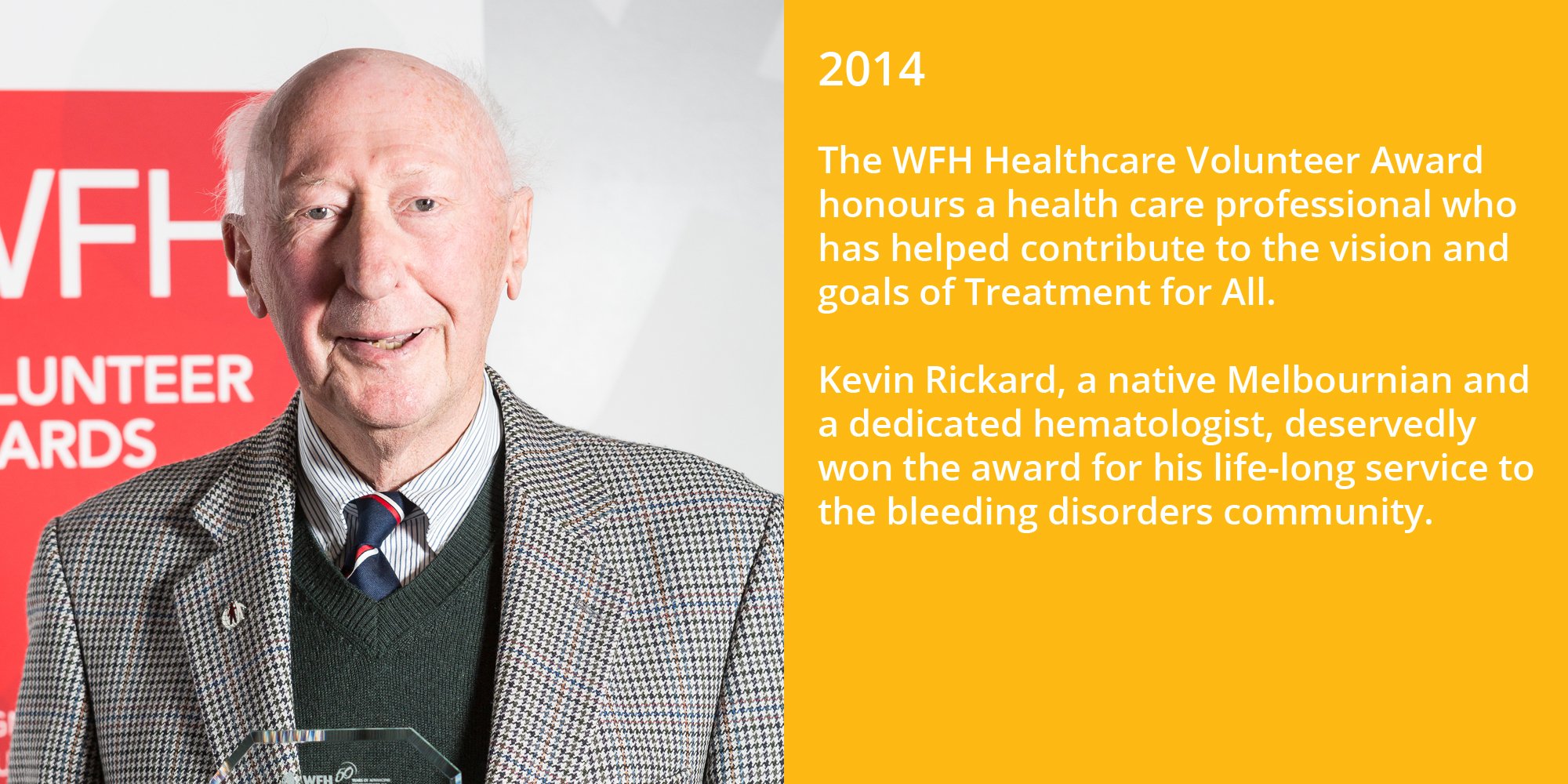On January 7, 2021, the culmination of a multiyear international collaboration was published in Blood Advances:
Von Willebrand disease (VWD) is the most common inherited bleeding disorder with as many as one in 1,000 people affected by symptomatic bleeding, yet many patients go years without an accurate diagnosis while living with untreated bleeding. VWD can cause unusual bleeding from small wounds or minor procedures, frequent nosebleeds, bruising, bleeding in joints, and, in women, heavy menstrual periods and post-partum bleeding. It is inherited equally by women and men, and symptoms may vary from patient to patient or in a single patient over the course of their life. Primary care providers, pediatricians, obstetricians, and gynecologists who observe unusual bleeding often refer their patients to a hematologist for further testing and management. Many individuals, especially those with milder symptoms, do not receive a diagnosis right away and live for many years with untreated bleeding or do not realize they have VWD until they experience a severe bleed that could have been prevented.
Because VWD is clinically complex and technically challenging to diagnose, there has been a lot of variability in how it is managed, and a need for updated guidance was identified by people with VWD and clinicians around the world. The American Society of Hematology (ASH), International Society on Thrombosis and Haemostasis (ISTH), National Hemophilia Foundation (NHF), and World Federation of Hemophilia (WFH) came together to respond to this need and develop international clinical practice guidelines on the diagnosis and management of VWD, providing evidence-based recommendations that address clinical questions prioritized by stakeholders, and identifying key areas for further research.
“In 2017 we gathered members of the global VWD community for the first WFH International Symposium on VWD. Delegates from countries around the world told us that the number one tool they needed in order to provide comprehensive care to people with VWD was clinical practice guidelines,” explained WFH President Cesar Garrido. “The WFH is very proud to deliver these guidelines today, with our partners from ASH, ISTH, and NHF, to the global community. In addition to offering guidance for clinicians and individuals with VWD as they partner in personalized care decisions, they constitute the foundation for important advocacy initiatives to improve access to the recommended diagnostic techniques and treatment options in all countries.”
For a quick summary of the highlights of the guidelines, have a look at these one-page snapshots in English, Spanish, French:
The guidelines were developed by two expert panels, one for diagnosis and one for management, whose members were nominated by the four collaborating organizations. The 32 individuals from around the world included people with VWD, adult and pediatric hematologists, obstetrician/gynecologists, internists, a dentist, a nephrologist, laboratory specialists, and scientists with expertise in evidence synthesis and appraisal and guideline development methodology. Clinical questions were developed by the panels and prioritized. A trilingual international survey of the global stakeholder community was analyzed to inform the choice of important clinical questions to address. A systematic review of available evidence was conducted by the University of Kansas Medical Center (U.S.A) and the panels referred to this evidence to make recommendations. This process shed light on the lack of strong evidence on which to base recommendations, and therefore the guidelines publications also identify key areas where more research is required.
People with VWD made up approximately one quarter of each guideline panel’s composition. As full voting members they contributed their expertise to every aspect of the rigorous guideline development process, from the prioritization of clinical questions, through the evaluation of the available evidence, to the consideration of factors such as patient values and preferences, equity, and feasibility. Their involvement, actively supported by the panel chairs and collaborating organizations, was critical to ensuring the development of recommendations with the greatest pertinence and in which the community will have great confidence.
The publication of these guidelines is only the first step in supporting patients, clinicians, and healthcare professionals in their shared decision-making related to VWD. In the coming months and years, all four of the collaborating organizations will work towards dissemination, education, implementation, and advocacy. Clinical webinars, decision aids, patient-oriented materials, and more will all be available on the WFH hub for VWD Guidelines.
To learn more about the guidelines from three of the panelists who developed them, join Jean Grow, PhD; Nathan Connell, MD, MPH; and Angela Weyand, MD, at 2 p.m. EST on February 25, 2021 for Joint Guidelines on the Diagnosis and Management of von Willebrand Disease in the Public Health Webinar Series on Blood Disorders presented by the CDC. Pre-registration is free but required, as the number of places is limited.
To read the full press release, please click here.
